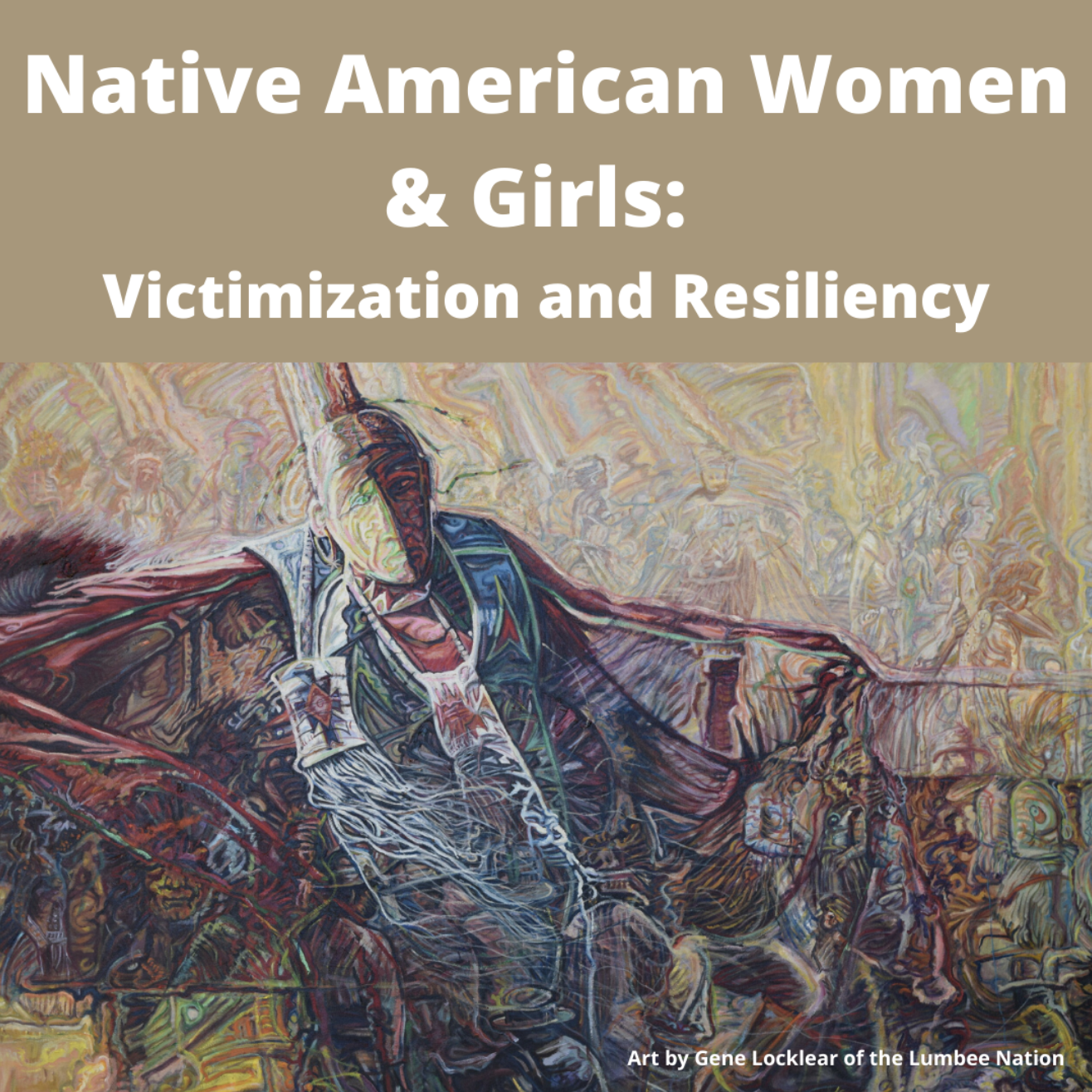
Native American Women & Girls: Victimization and Resiliency
Human trafficking in the U.S. is not a new phenomenon.
If we look back at the European discovery of the Americas, it is clear that human trafficking began with Christopher Columbus’s abuses of native people.
Christine Stark, Native American survivor of family-based sex trafficking and sexual abuse, said during the Coalition to End Sexual Exploitation Online Global Summit this year, that Columbus was the first human trafficker to land on the shores North America, abducting native people in the Caribbean to be sold as slaves across the Atlantic Ocean.
Though hundreds of years ago, the victimization of Native American women and girls continues to this day. According to Human & Sex Trafficking: Trends in Responses Across Indian Country, researchers found that across four sites in the U.S. and Canada, 40 percent of women involved in sex trafficking identified themselves as American Indians/Alaskan Natives.
Stark also outlines that the abduction of Indigenous women and children for the purpose of sexual slavery for Columbus’s men was the cornerstone of the beginning of colonization.
As the land began to be colonized, exploitation of Native people and the land happened in all 13 colonies.
“When we talk about colonization, we know that prostitution and sex trafficking was an essential component to that,” Stark said, “… we see that the very foundation of this country resides upon the sexual exploitation, the murder, the abduction of Indigenous women and children.”
According to the “Garden of Truth: The Prostitution and Trafficking of Native Women in Minnesota,” “Prostitution is another form of this egregious violence against Native women. An honest review of history indicates that European system of prostitution was imposed by force on tribal communities through nearly every point of contact between Europeans and Native people. It is essential to understand the history of this trafficking of Native women in order to reduce the epidemic of sexual violence against them.”
Understanding the true history of how the United States was colonized, the historical trauma experienced by Native populations to this day and the systems that were set up to further dissolve Native families and communities is imperative when analyzing the alarming rates of sex trafficking among Native women and girls today.
And while it is important to understand why Native women and girls are disproportionately victimized, it is crucial that we acknowledge the incredible healing and resilience that Native communities have shown through the hundreds of years of oppression.
Racism
According to “Garden of Truth,” “Race and ethnic prejudice is integral in prostitution. Sex buyers purchase women in prostitution on the basis of the buyer’s ethnic stereotypes…”
This assertion bears out again and again in research that looks at race and commercial sexual exploitation.
Sandi Pierce, PhD, of the Innovations Human Trafficking Collective, a Native American survivor of familial-based sex trafficking and romantic partner-based sex trafficking said during the Now and Next Speaker series, “What they [survivors] talked about is the traffickers deliberately targeted these kids. They were exotic, they were marketable, they were easy to access. And they could make a lot of money off of them. That is the same dynamic as the colonial era. It has never changed. It is not like the targeting is new, it has been going on since the earliest period.”

In the “Garden of Truth,” 42 percent of the survivors who were interviewed had been racially insulted by sex buyers and/or traffickers. They reported being called slurs based on their race (savage) which was then linked to sexist slurs such as being called a whore/slut.
“Hatred of the women’s skin color was reflected in comments such as ‘Why don’t you go back to the rez – go wash the brown off you.’ Other racist remarks by [sex buyers] were homicidal. ‘I thought we killed all of you.’ … For some sex buyers, the racist degradation was sexually arousing and was integral to his sexual use of Native women.”
And while that violent racist dynamic plays a part in the purchase of Native women and girls for sex, it was reported that Native women and girls are also fetishized by sex buyers.
From “Garden of Truth” – “In some cases, johns wanted to role-play colonist and colonized as part of prostitution, ‘He likes my hair down and sometimes he calls me Pocahontas. He likes to role play like that. He wants me to call him John.’”
Native women who are involved in prostitution also reported little help came from the police who specifically targeted them for harassment and abuse.
“The police harass me a lot. They see me riding up on the sidewalk and assume I’m drunk. They assume Native Americans are all drunk,” one survivor reported in “The Garden of Truth.”
Read the entire article here.
